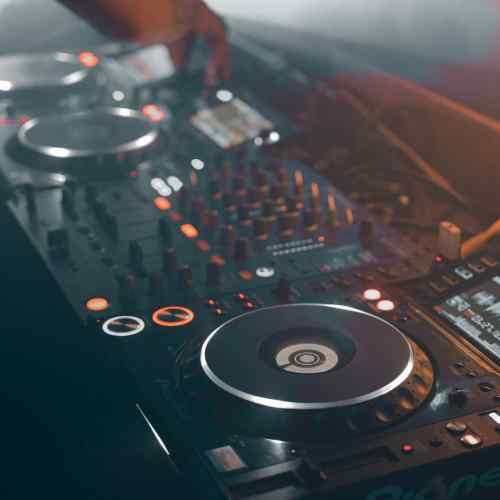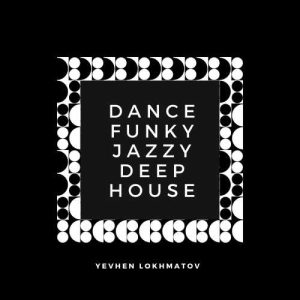Instrumental dance music is a genre that has been popular for decades and continues to be a staple in clubs, festivals, and events around the world. It is characterized by its high energy and infectious beat, which makes it the perfect choice for getting people moving and grooving on the dance floor.
But what exactly is instrumental dance music, and how does it differ from other types of electronic dance music (EDM)?
Instrumental dance music is music that is created using electronic instruments and software, and is typically characterized by a strong beat and electronic sounds. It is typically instrumental, meaning that it does not include vocals or lyrics, and is meant to be danced to rather than listened to as a form of storytelling or artistic expression.
There are many different subgenres within the umbrella of instrumental dance music, including techno, house, trance, and electronic dance music (EDM). Each of these subgenres has its own unique style and sound, but they all share a common focus on creating music that is meant to be danced to.
Techno is a subgenre of instrumental dance music that originated in Detroit in the 1980s. It is characterized by its use of synthesizers and drum machines, and is known for its repetitive beat and futuristic sound. House music, on the other hand, originated in Chicago in the 1980s and is characterized by its use of a four-on-the-floor beat and vocals that are often sampled from other songs.
Trance is another subgenre of instrumental dance music that is characterized by its use of repetitive beats and melodies. It often includes long, drawn-out builds and releases, which help to create an uplifting and energetic atmosphere on the dance floor.
EDM, or electronic dance music, is a broad term that encompasses a wide range of subgenres, including techno, house, trance, and more. It is characterized by its use of electronic instruments and software to create music that is meant to be danced to.
Instrumental dance music has played a pivotal role in the evolution of electronic music and has influenced a wide range of other genres, including pop, hip-hop, and R&B. It has also been a driving force behind the rise of electronic music festivals, which have become some of the most popular and highly-attended events in the world.
Today, instrumental dance music continues to be a dominant force in the music industry, with some of the biggest and most influential artists in the world creating music within this genre. Whether you’re a fan of techno, house, trance, or EDM, there is no denying the impact that instrumental dance music has had on the world of music and popular culture.
This music is created for free unlimited usage on social media sites such as Youtube, Facebook, Instagram, TikTok etc. With your convenience in mind almost all compositions included different edit versions. Streaming platforms links gives access to listen and save tracks to your playlists. Please notice some restrictions about monetization here: Terms Of Use or F.A.Q.











